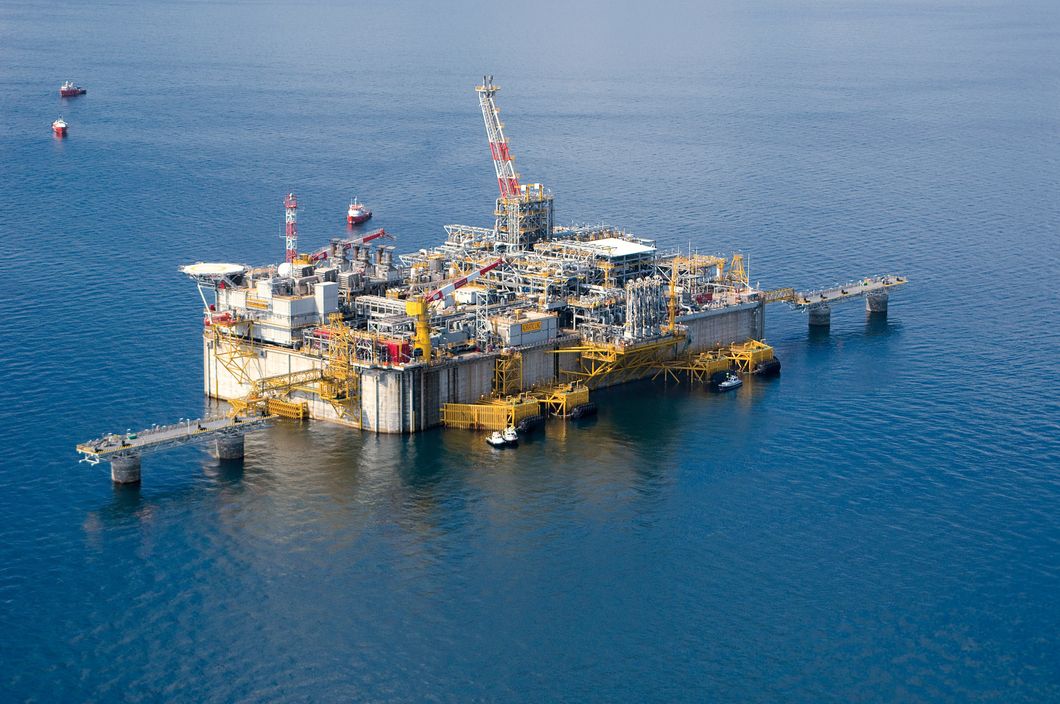All nations strive to attain economic growth and success. Some achieve it, others don't. But in this conversation regarding the limitations of certain nations' growth, the resource curse becomes a considerable subject of conversation.
What is the resource curse? Well, let's set the scene.
It's 2019, and a (fictional) country known as Alysatian is poor, small, suffers from slow growth, doesn't have a single particularly large industry, and has a weak undemocratic government. Alysatian has just discovered a massive reserve of natural resources (NR) on their land. More specifically, gold. On the world stage, gold is extremely valuable. As a result of this discovery, a major gold resource giant, Barrick Gold, begins negotiations with the government to start extracting gold from the ground through mining and other means. Alysatian sees this opportunity as incredibly beneficial. These negotiations allow them to sell the resources from their land, employ the natives, and earn money. Ultimately, Alysatian strikes a deal with Barrick Gold, and the company moves into Alysatian to start building their mines.
Five years later, Barrick Gold is still stationed in the country extracting gold and making large sales. However, the country isn't seeing any more economic growth. Nothing has changed for the country as a whole. It is still economically minuscule, it is still weak, and the government is still poorly managed. What happened? How come finding gold and resources in Alysatian didn't propel it into a new age of development? Why didn't the money they get from this gold deal let them build and grow other industries?
Alysatian suffers from the resource curse.
The resource curse describes countries that are rich in natural resources but suffer from cripplingly low economic growth. It seems from the outside that the valuable natural resources within these countries don't contribute to their development as a nation. In fact, countries with high amounts of natural resources today show significantly less growth than resource-poor countries. There are studies that show a strong negative correlation between the amount of natural resources within a country and its growth — meaning that, statistically, countries with more resources tend to (very frequently) grow more slowly.
Alysatian the imaginary country is representative of real countries such as Papua New Guinea (PNG). PNG recently allowed Exxon Mobil to extract liquefied natural gas from its land. In fact, it is one of the largest natural gas extraction projects in the world, costing $19 billion. This has caused a variety of problems for PNG, including destabilizing the area. Natives feel as though this project has brought them no economic stability.
The question in economics, and in every discipline, is always, "Why?" There's actually a wealth of studies on the subject of the causes of this "curse." Most likely, the cause of the resource curse is a combination of the following:
1. Weak governments
It has been proven time and time again that weak governments in these small undeveloped countries can seriously perpetuate the resource curse. Not only are these governments ineffective in dealing with large corporations, but they fail to adequately serve the people. The money that is retained from the NR projects is used inefficiently or, even worse, not at all. Typically these weaker governments see high levels of corruption and lose a significant portion of the earnings made from the NR projects. For this reason, much of the money does not get reinvested into public projects or the economy. PNG is a primary example of this situation with at least $189 billion USD of earnings missing. This rent-seeking behavior by government officials is difficult to catch as a result of their weak infrastructure.
2. Dutch disease
Dutch disease is an economic phenomenon gaining its name from the Dutch economic crisis in the 1960s. Dutch disease can be described as a spike in currency appreciation as a result of the large growth in NR exports. The growth of these exports results in a large inflow of foreign currency, leading to an increased currency value of the exporting country. This does two things:
1) Makes other exported goods less competitive in the global market, and
2) increases the cost of non-tradeable inputs such as wages.
This hurts the profits in traded activity using those inputs, such as manufacturing.
3. Trade volatility
No doubt one of the most panic-inducing economic factors is uncertainty. When stock prices go up and down, households cut spending. When unemployment and job uncertainty rise, households cut spending. Time after time, it has been proven that uncertainty causes households to be more conservative with spending. Spikes in exports and imports lead to price uncertainty. This makes it more difficult for suppliers to reach a market clearing quantity ending with either a surplus or a shortage. This inefficiency causes more price fluctuations in an attempt to reach market-clearing prices.
No matter the cause of the resource curse, it is a very real problem that impacts many developing countries. There are policies and government behaviors that can help reduce the chances of a country suffering the resource curse. Norway is the best example of a country that managed striking oil well through transparency, effective government control, and reasonable spending. Other developing countries such as Papua New Guinea are not fortunate enough to have the same fate.











